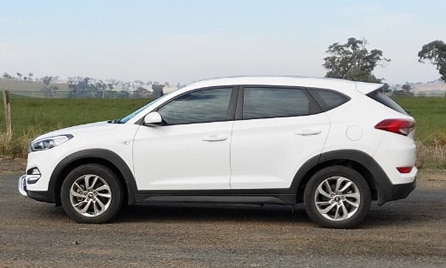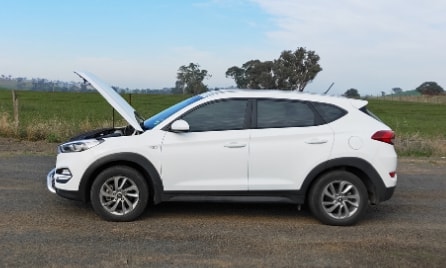- text
-
Cover and benefits are subject to eligibility criteria and terms and conditions, including the limits and exclusions of the insurance policy. Any advice provided is general only and may not be right for you. Before you purchase this product you should carefully read the Car Insurance Product Disclosure Statement and consider the Target Market Determination to decide if it is right for you.
Driving test practice tips: how to ace your learners driving test.
Are you worried about your learners driving test? Fear not – we have some quick tips to help you get through it.
For many, getting a driver’s license is a big deal. It gives you the freedom to drive on your own, and the independence to get there by yourself. But before you can enjoy the luxury of independence, you need to pass your driving test. Fortunately, with practice and training it is quite easy to get your licence. Here are some quick tips you can apply to help you get your licence on the first go. Note: these are general tips, for more detailed information such as road regulations in your state you should refer to the relevant government body.
Read more about Getting your Ps in different states and territories.
1. Practice on an automatic.
If you have access to an automatic car, it’s best to practice with it during your driving lessons as you will not be distracted by gear changes.
2. Talk to friends and family.
Especially someone who has done the test recently. You may find their advice helpful – it’s always good to know others’ experience.
3. Ensure everything is adjusted correctly.
This includes mirrors and seat position. Your mirrors assist in avoiding blind spots and this is crucial when going for your driving test, so get into the habit of checking them every time you get in the car and then adjusting them if required. For seating, you should be positioned straight in your seat, with your back comfortably against the seat and your feet reaching down to the pedals. Your arms should reach the wheel without you having to lean forward.
4. Drive 5km under the speed limit.
Usually driving instructors will encourage you to drive slower than the speed limit so that you are well prepared to stop if you need to. It also ensures you do not accidentally speed, which can cause you to lose some valuable points on your test score.
5. Drive the test routes.
Most qualified driving instructors will take you along previously tested routes during your driving lessons. These routes are designed to represent a range of traffic situations and manoeuvres, like driving around a round-about. They also get you familiar with the signs you’re likely to see during your test.
6. Give quiet areas a go first.
As you gain experience, move on to busier roads. It is important to be comfortable, you may be tense at first but that will ease as you gain confidence with your driving.
7. Try out different weather conditions.
You may be required to do a number of hours of night driving in order to qualify for your driver’s licence, but you should also try driving in different weather conditions such as rain (or snow if it snows where you live). Wet roads can make for a different driving experience, and if your test happens to be on a rainy day you’ll want to be prepared.
8. Drive with someone you are comfortable with.
If whoever is instructing your lessons makes you stressed or anxious about being behind the wheel, you shouldn’t feel obliged to have them teach you. It’s important to be as calm as possible so you can focus on the road.
So pay attention, follow these tips and drive carefully. Good luck!





